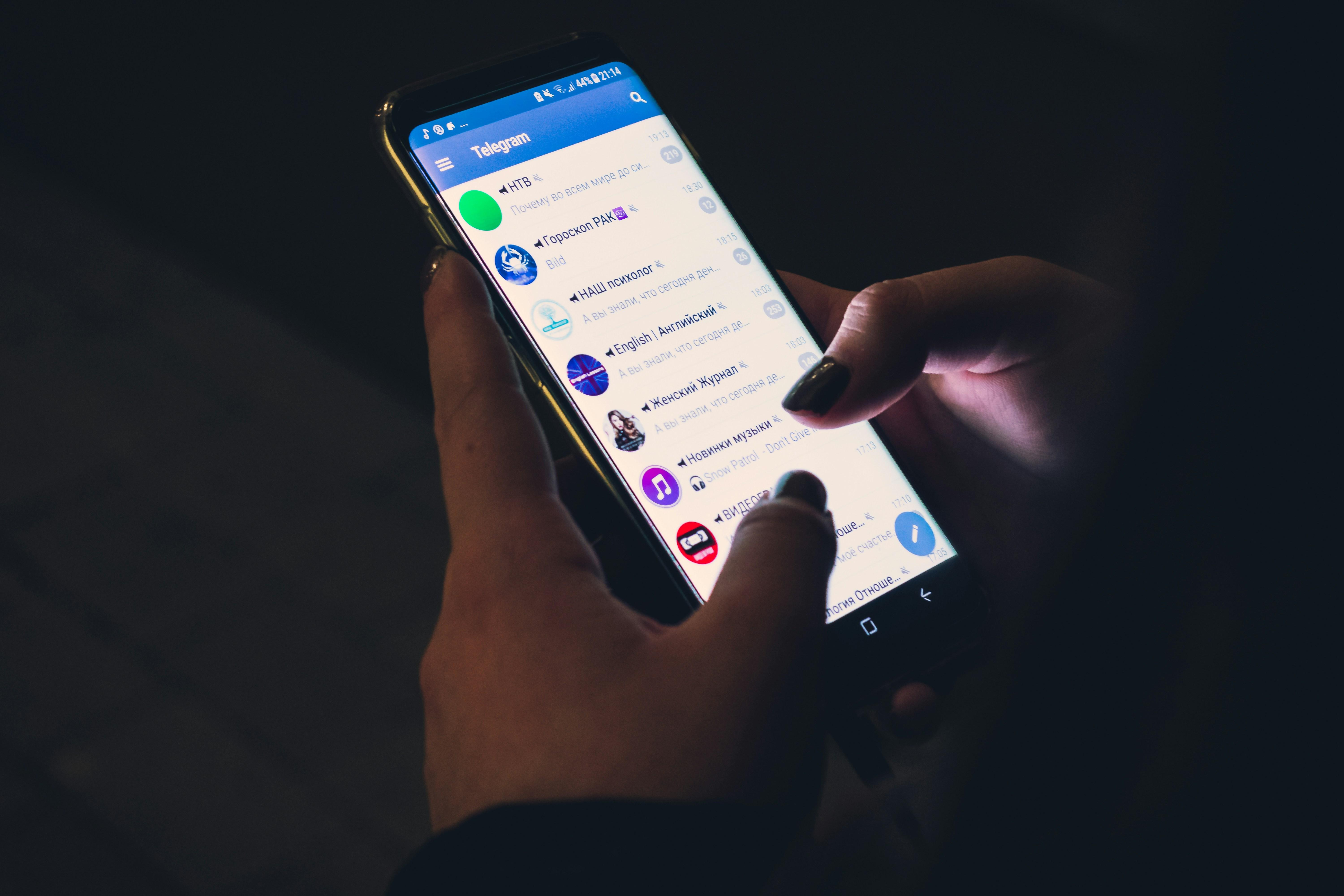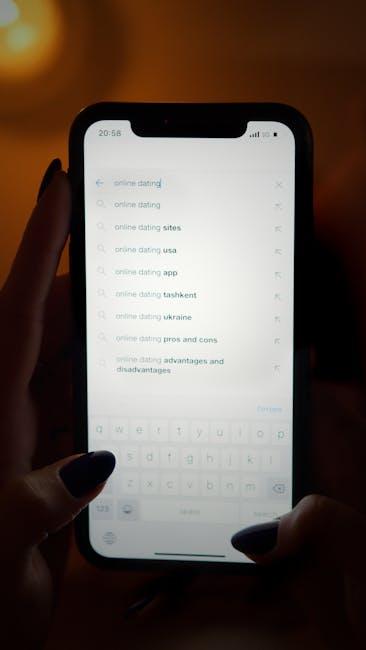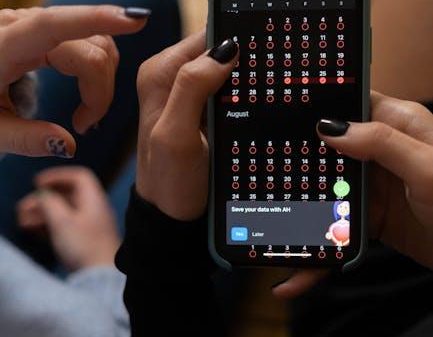In the age of swipes and clicks, where romantic possibilities lie at our fingertips, the question of who we meet and why has never been more intriguing—or more complex. As digital cupids, dating apps have transformed the landscape of modern romance, boasting algorithms that promise to find us the perfect match. Yet, beneath the surface of these seemingly innocent platforms lies a labyrinth of codes and calculations, silently steering the course of our love lives. Are these algorithms benevolent matchmakers, or are they subtly manipulating the connections we form? In this exploration, we delve into the enigmatic world of dating app algorithms to uncover their role in shaping the serendipity of our encounters, questioning the balance between human choice and technological influence.
The Invisible Hand Behind Your Swipe
When we think about dating apps, we often picture endless profiles and potential connections at our fingertips. However, behind each swipe lies a complex web of algorithms working tirelessly to influence who appears on your screen. These algorithms analyze everything from your location and interests to the subtle patterns in your swiping behavior. The goal? To curate a selection of potential matches that keep you engaged and, ideally, lead you to the perfect partner. But are these algorithms truly helping us find love, or are they subtly guiding our choices?
- Data-Driven Decisions: Algorithms rely on vast amounts of user data to determine compatibility. This data includes your profile details, preferences, and even the time you spend on the app.
- Behavioral Patterns: Every swipe, like, and message contributes to a behavioral profile that the algorithm uses to predict your future actions.
- Engagement Optimization: By presenting you with profiles that are statistically more likely to interest you, algorithms aim to keep you swiping and engaged.
While these algorithms are designed to enhance user experience, they also raise questions about autonomy and the authenticity of our connections. Are we truly meeting people who align with our genuine preferences, or are we merely interacting with those selected by an invisible hand?

Decoding the Matchmaking Matrix
In the realm of online dating, algorithms are the unseen matchmakers, weaving intricate webs that connect potential partners. These digital maestros consider a multitude of factors, ranging from location and age preferences to more nuanced elements like hobbies and communication styles. But what lies beneath the surface of these algorithms? Are they crafting connections based on genuine compatibility, or is there a more manipulative undertone?
- Data-Driven Decisions: Algorithms analyze user behavior, leveraging vast amounts of data to predict which profiles might pique your interest.
- Curated Experiences: They tailor your feed, ensuring that only a select group of potential matches appears, often based on previous swipes and interactions.
- Incentives for Engagement: Some suggest these algorithms prioritize engagement, subtly nudging users towards profiles that keep them swiping longer.
While these systems strive to enhance user experience, they also raise questions about autonomy and authenticity in modern dating. Are we truly meeting our perfect match, or are we being nudged towards connections that benefit the platform’s metrics? The answer might not be clear-cut, but it certainly adds a layer of complexity to the quest for love in the digital age.

Balancing Serendipity with Science
In a world where algorithms dictate our playlists, shopping recommendations, and even our dating prospects, it’s crucial to ponder the interplay between chance encounters and calculated matches. Dating apps often promise to help us find our ideal partners through sophisticated algorithms, analyzing our likes, dislikes, and preferences to curate potential matches. Yet, the question arises: are these algorithms narrowing our romantic horizons or enhancing them?
- Unpredictable Chemistry: Human connections thrive on unexpected sparks that no algorithm can predict.
- Pattern Recognition: Algorithms excel at identifying patterns in user behavior, potentially introducing us to partners we might not have considered.
- Echo Chambers: While tailored suggestions can be helpful, they may also create echo chambers, limiting our exposure to diverse personalities.
- Dynamic Evolution: As technology evolves, so do the algorithms, constantly adjusting to user feedback and societal trends.
Balancing the serendipitous nature of human connection with the precision of technology is an ongoing challenge. As we swipe through potential partners, it’s worth reflecting on how much we value the unpredictable magic of a chance encounter versus the comfort of a data-driven match.

Empowering Users in the Digital Dating Scene
In the digital dating landscape, users often find themselves at the mercy of complex algorithms that dictate potential matches. These algorithms, designed to enhance the user experience, can inadvertently create echo chambers, presenting profiles based on past swipes and preferences. This can limit exposure to diverse personalities and perspectives, which is crucial for genuine connections. While these algorithms aim to streamline the dating process, they can sometimes lead to repetitive patterns that stifle the spontaneity of meeting someone unexpected.
To truly empower users, dating platforms could consider offering more transparency and control over the matchmaking process. Here are some features that could enhance user autonomy:
- Customizable Filters: Allow users to adjust their preferences beyond basic demographics, such as interests and values.
- Algorithm Insights: Provide users with insights into how their past interactions influence current match suggestions.
- Randomized Match Option: Introduce a feature that presents a selection of completely random profiles, encouraging serendipitous encounters.
- Feedback Loop: Enable users to provide feedback on match quality, helping refine the algorithm in a user-centric way.
By integrating these features, dating apps can foster an environment where users feel more in control, breaking free from the constraints of algorithmic matchmaking. This empowerment can lead to more meaningful and varied connections, enhancing the overall dating experience.








